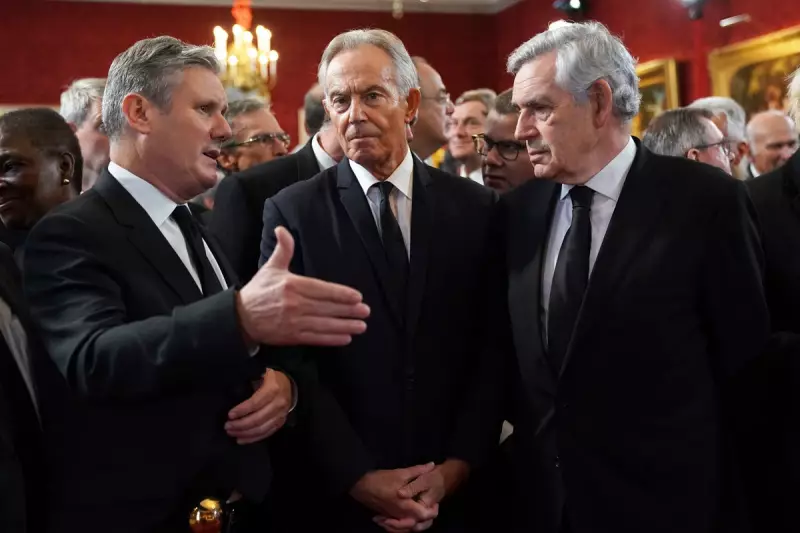
The Labour Party has undergone significant transformations under the leadership of figures like Neil Kinnock, Tony Blair, Jeremy Corbyn, and Keir Starmer. Each leader has left an indelible mark on the party's ideology, electoral strategy, and public perception.
The Kinnock Era: Modernisation Begins
Neil Kinnock's tenure in the 1980s marked the beginning of Labour's modernisation. Facing internal divisions and electoral setbacks, Kinnock worked tirelessly to reform the party's image, distancing it from the militant left and laying the groundwork for future successes.
Blair's New Labour: A Winning Formula
Tony Blair's leadership revolutionised Labour, rebranding it as 'New Labour' and embracing centrist policies. His landslide victory in 1997 ended 18 years of Conservative rule, proving that Labour could win elections by appealing to a broader electorate.
Corbyn's Radical Shift
Jeremy Corbyn's leadership saw a dramatic shift to the left, energising grassroots supporters but alienating some traditional voters. His tenure was marked by internal strife and electoral disappointment, culminating in Labour's heavy defeat in 2019.
Starmer's Pragmatic Approach
Keir Starmer has sought to stabilise the party, focusing on unity and electability. His pragmatic approach aims to balance progressive policies with broader voter appeal, positioning Labour as a credible alternative to the Conservatives.
As Labour continues to evolve, the lessons from its past leaders remain crucial in shaping its future.





